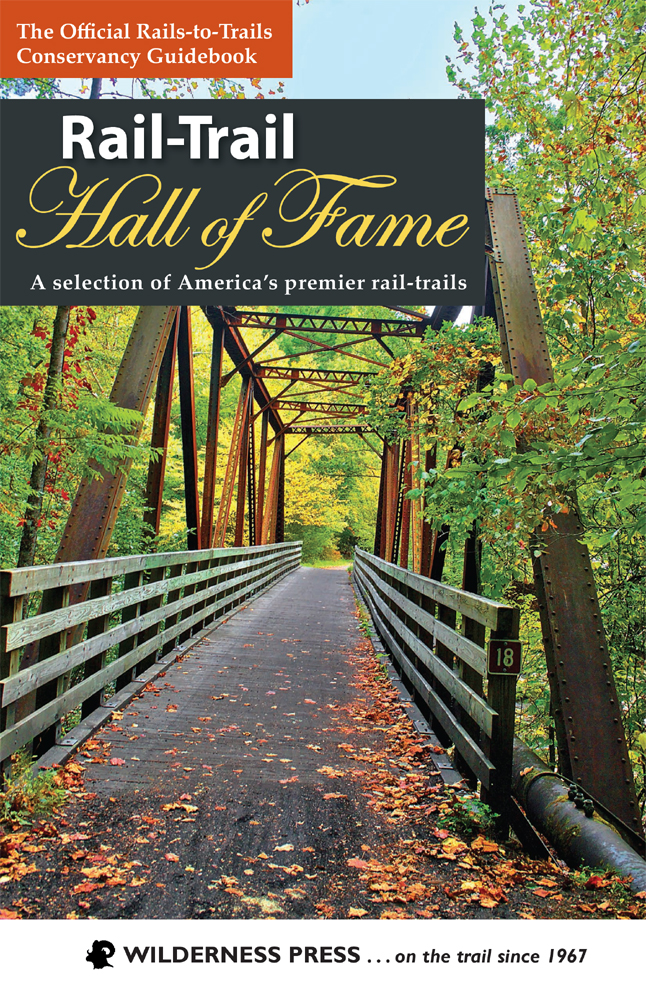
Rail-Trail Hall of Fame
Copyright 2016 by Rails-to-Trails Conservancy
Maps: Lohnes+Wright; Map data courtesy of Environmental Systems Research Institute
Cover design: Scott McGrew
Book design and layout: Annie Long
Cataloging-in-Publication Data is on file with the Library of Congress.
LCCN: 2015050750
ISBN: 978-0-89997-825-3; eISBN: 978-0-89997-826-0
| Published by: |  WILDERNESS PRESS WILDERNESS PRESS |
| 2204 First Ave. S, Ste. 102 |
| Birmingham, AL 35233 |
| 800-443-7227; fax 205-326-1012 |
| wildernesspress.com |
Visit wildernesspress.com for a complete listing of our books and for ordering information. Contact us at our website, at facebook.com/wildernesspress1967 , or at twitter.com/wilderness1967 with questions or comments. To find out more about who we are and what were doing, visit our blog, blog.wildernesspress.com .
Distributed by Publishers Group West
Front cover: ; photographed by Ervin Vice.
All rights reserved. No part of this book may be reproduced in any form, or by any means electronic, mechanical, recording, or otherwise, without written permission from the publisher, except for brief quotations used in reviews.
SAFETY NOTICE: Although Wilderness Press and Rails-to-Trails Conservancy have made every attempt to ensure that the information in this book is accurate at press time, they are not responsible for any loss, damage, injury, or inconvenience that may occur to anyone while using this book. You are responsible for your own safety and health while in the wilderness. The fact that a trail is described in this book does not mean that it will be safe for you. Be aware that trail conditions can change from day to day. Always check local conditions, know your own limitations, and consult a map.
About Rails-to-Trails Conservancy

H eadquartered in Washington, D.C., Rails-to-Trails Conservancy (RTC) is a nonprofit organization dedicated to creating a nationwide network of trails from former rail lines and connecting corridors to build healthier places for healthier people.
Railways helped build America. Spanning from coast to coast, these ribbons of steel linked people, communities, and enterprises, spurring commerce and forging a single nation that bridges a continent. But in recent decades, many of these routes have fallen into disuse, severing communal ties that helped bind Americans together.
When RTC opened its doors in 1986, the rail-trail movement was in its infancy. While there were some 250 known miles of open rail-trails in the United States, most projects focused on single, linear routes in rural areas, created for recreation and conservation. RTC sought broader protection for the unused corridors, incorporating rural, suburban, and urban routes.
Year after year, RTCs efforts to protect and align public funding with trail building created an environment that allowed trail advocates in communities across the country to initiate trail projects. These ever-growing ranks of trail professionals, volunteers, and RTC supporters have built momentum for the national rail-trails movement. As the number of supporters multiplied, so did the rail-trails.
Americans now enjoy more than 22,000 miles of open rail-trails; as they flock to the trails to connect with family members and friends, enjoy nature, and get to places in their local neighborhoods and beyond, their economic prosperity, health, and overall well-being continue to flourish.
A signature endeavor of RTC is TrailLink.com, Americas portal to these rail-trails, as well as other multiuse trails. When RTC launched TrailLink.com in 2000, our organization was one of the first to compile such detailed trail information on a national scale. Today, the website continues to play a critical role in both encouraging and satisfying the countrys growing need for opportunities to ride, walk, skate, or run for recreation or transportation. This free trail-finder databasewhich includes detailed descriptions, interactive maps, photo galleries, and firsthand ratings and reviewscan be used as a companion resource to the trails in this guidebook.
The national voice for more than 160,000 members and supporters, RTC is committed to ensuring a better future for America made possible by trails and the connections they inspire. Learn more at railstotrails.org.
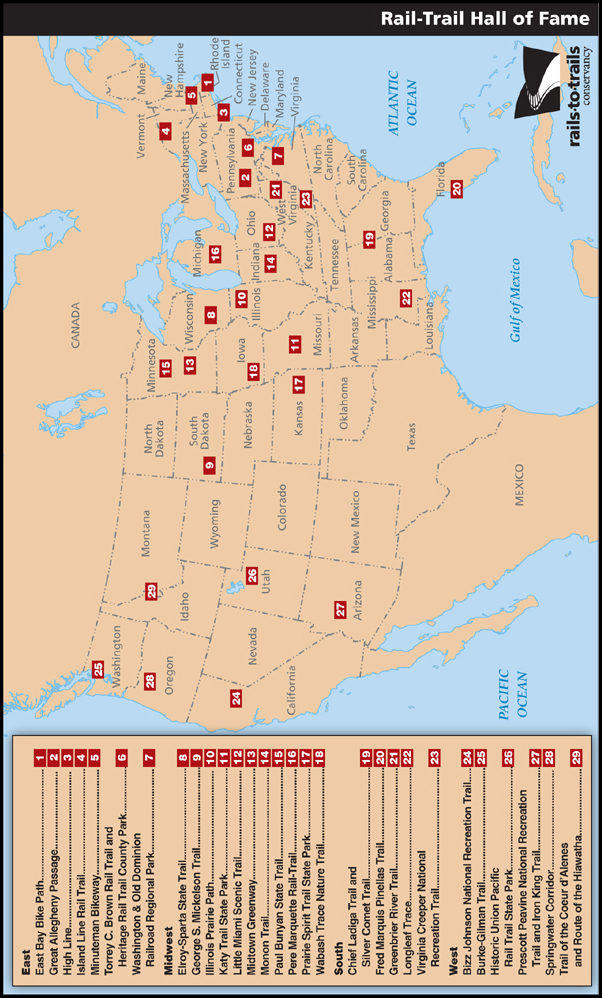
Table of Contents
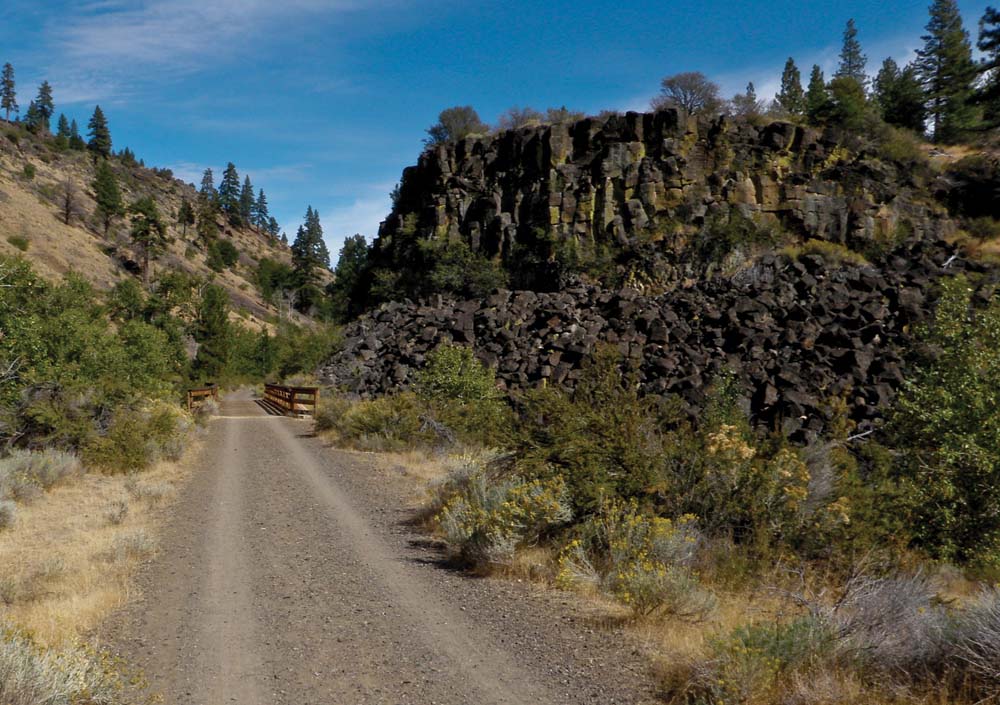
Dramatic columnar basalt lines Northern Californias .
Foreword
F or those of you who have already experienced the sheer enjoyment and freedom of riding on a rail-trail, welcome back! Youll find this Rail-Trail Hall of Fame guidebook to be a useful and fun guide to your favorite trails, as well as an introduction to pathways you have yet to travel.
For readers who are discovering for the first time the adventures possible on a rail-trail, thank you for joining the rail-trail movement. Since 1986, Rails-to-Trails Conservancy has been the leading supporter and defender of these priceless public corridors. We are excited to bring you Rail-Trail Hall of Fame, so you, too, can enjoy some of the countrys premier rail-trails. These hiking and biking trails are ideal ways to connect with your community, with nature, and with your friends and family.
Ive found that trails have a way of bringing people together, and as youll see from this book, you have opportunities in every state you visit to get on a great trail. Whether youre looking for a place to exercise, explore, commute, or play, there is a trail in this book for you.
So I invite you to sit back, relax, pick a trail that piques your interestand then get out, get active, and have some fun. Ill be out on the trails too, so be sure to wave as you go by.
Happy trails,
Keith Laughlin, President
Rails-to-Trails Conservancy
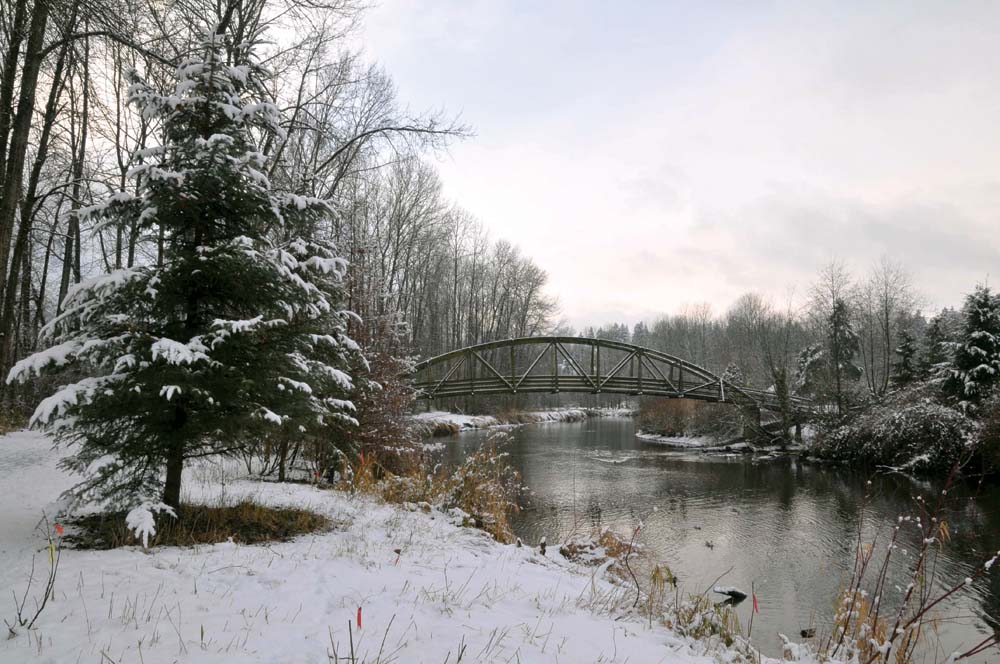
The connects residents with many parks in the Seattle area.
Acknowledgments
M any thanks to the following contributors and to all the trail managers we called on for assistance to ensure the maps, photographs, and trail descriptions are as accurate as possible:
Cindy Dickerson | Debra Eliezer |
Jake Laughlin | Kesi Marcus |
Jon Rayer | Laura Stark |
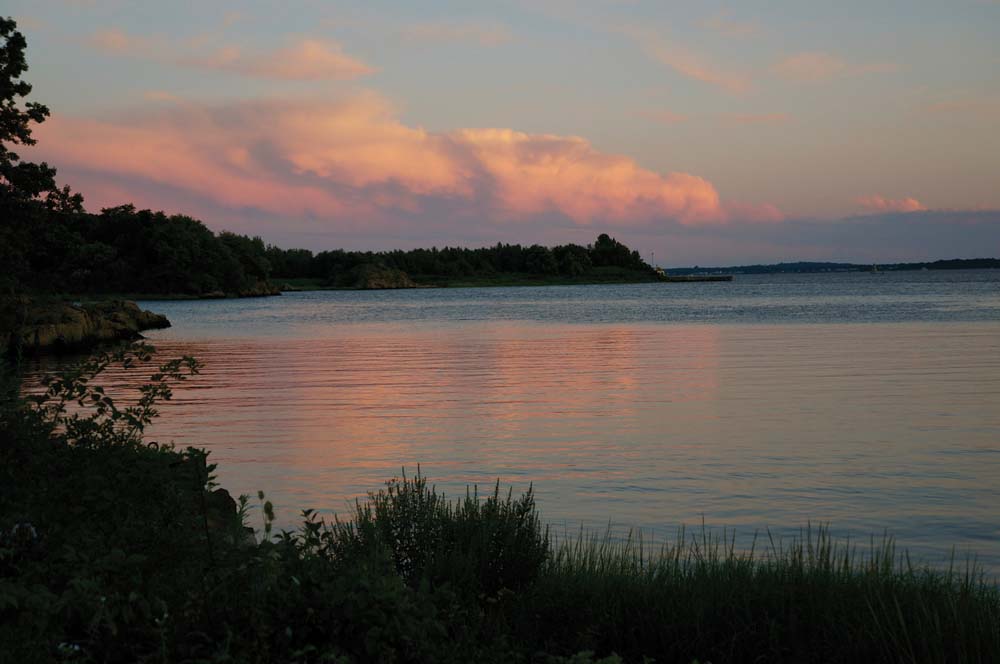
Rhode Islands provides waterfront views of Narragansett Bay.


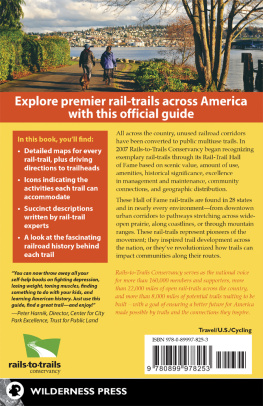
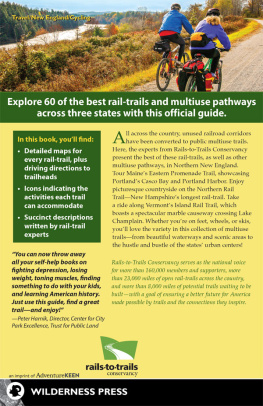
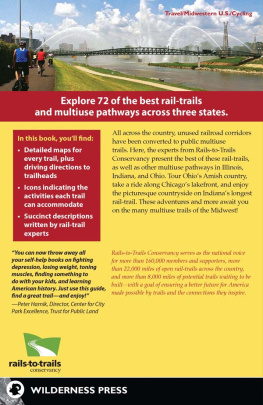
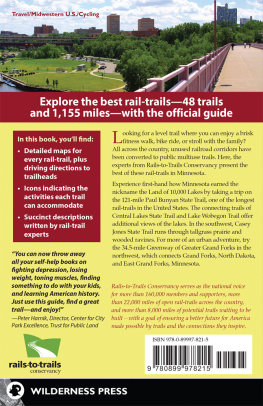

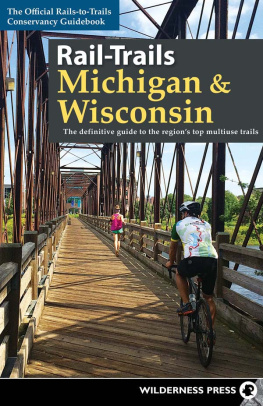

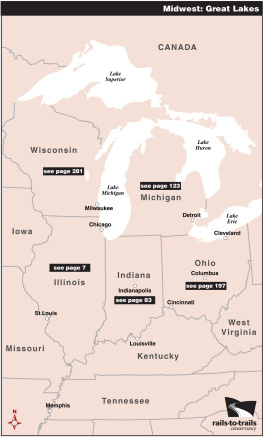
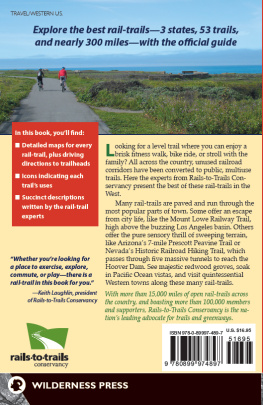
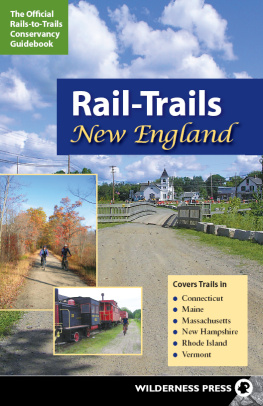


 WILDERNESS PRESS
WILDERNESS PRESS




